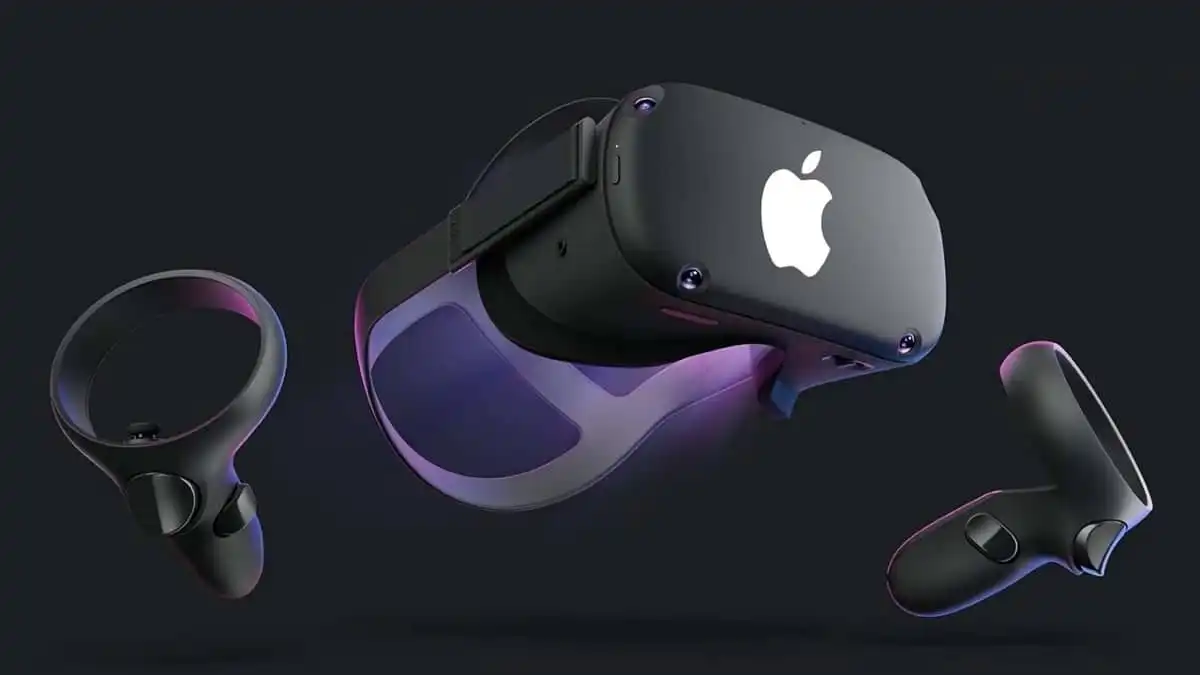Apple Vision Pro, Apple’s inaugural spatial computer that graced the tech world earlier this year, is now poised for an exciting expansion. According to the insights shared by Bloomberg’s tech guru, Mark Gurman, Apple is diligently crafting a more affordable iteration. In an attempt to make spatial computing accessible to a wider audience, Apple is prepared to trim some of the premium features showcased in the Vision Pro model.
What’s Brewing at Apple?
In his weekly newsletter, Gurman spills the beans on Apple’s relentless efforts to introduce a budget-friendly alternative to the Vision Pro. The company has reassigned its skilled personnel, initially dedicated to crafting advanced AR glasses, to focus on the development of this cost-effective headset.
Pricing That’s Music to Your Ears
Gurman further divulges that Apple’s pricing strategy is set to disrupt the market. The upcoming headset is expected to carry a price tag ranging from $1,500 (approximately Rs. 1,24,900) to $2,500 (approximately Rs. 2,08,100). This pricing strategy significantly undercuts the Vision Pro’s hefty $3,499 (roughly Rs. 2,91,400) price tag.
Embracing Change: EyeSight Takes a Backseat
To maintain affordability, Apple might part ways with one of the Vision Pro’s distinctive cosmetic features, EyeSight. This innovative feature projects a lifelike rendition of a user’s eyes on the curved OLED external panel when not engaged in immersive content. Consequently, the budget-friendly Apple Vision headset may bid farewell to this striking feature.
Streamlined Sensory Experience
In addition to EyeSight, Apple may streamline the number of external cameras and sensors in the forthcoming Apple Vision headset. Earlier this year, Apple introduced the Vision Pro, equipped with a whopping 14 cameras, a LiDAR scanner, IR sensors, and LED illuminators. These sensors empower the headset to comprehend its surroundings and deliver an immersive experience, complete with finger-based gesture controls.
Economical Engineering
Gurman had previously hinted at the development of a more economical Apple Vision headset. This cost-effective approach may involve deploying iPhone-compatible chips, contrasting with the Vision Pro’s robust Apple Silicon chipsets used in Mac computers. The budget model could also feature displays with slightly lower resolution, aligning with Apple’s strategy to cater to a wider consumer base.
Stay tuned as we await further revelations about Apple’s upcoming headset in the months ahead. The tech giant’s foray into affordable spatial computing is bound to reshape the industry, making innovation more accessible than ever.




